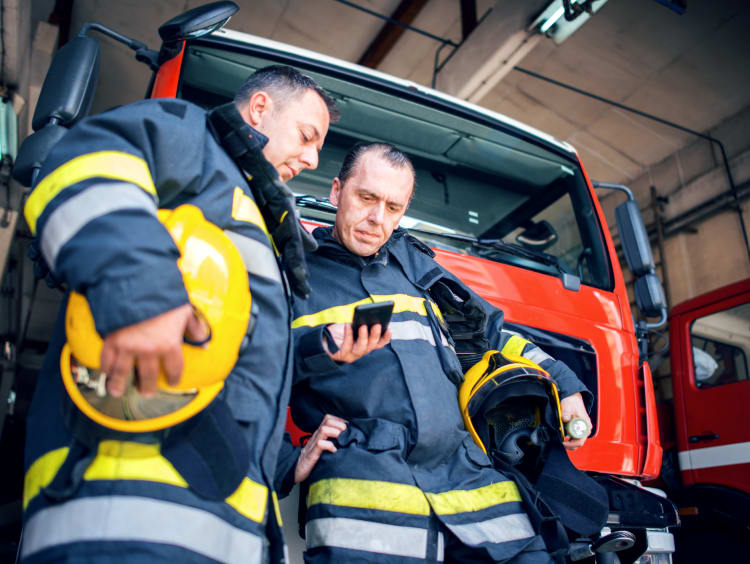How Software Engineers Are Modernizing 911 Call Centers

“Quick, what’s the number for 911?” is an endearing quote from the movie Little Rascals. It suggests that 911 has become such an iconic institution in its own right that it’s possible to forget it’s actually a phone number. But it wasn’t always this way. In fact, the national standard of 911 wasn’t created until 1968. Until then, Americans had a hard time getting the help they needed in a timely manner simply because they weren’t sure who to call or they had problems getting their calls through a busy switchboard. Now that cellphones are considered the primary method of making calls, 911 call centers are due for a major upgrade—and software engineers are leading the way.
Why 911 Call Centers Are Struggling to Modernize
When a 911 call is made from a landline, the dispatcher has no problem locating the caller. Help can be sent to that exact address, even if the caller is inarticulate and cannot give the address. But these days, the majority of all calls placed to 911 are made from cellphones. This is problematic because 911 dispatchers must rely on cell towers and GPS to determine the location. GPS can be faulty and cell towers may only provide a general area—not a specific location.
How Software Engineers Are Supporting Emergency Responses
Clearly, 911 call center technology needs to modernize and software engineers at Apple and Google are rising to the challenge. Earlier in 2018, Google conducted some trials with two other tech companies, including RapidSOS, which built a data clearinghouse for 911 centers. If Google’s initiatives are successful, dispatchers would have access to location data in Android phones. Apple is also stepping up to the plate. The company has announced plans for a major software update that would allow iPhone users to share location data with 911 dispatchers automatically. It’s anticipated that by the end of 2018, RapidSOS will be integrated with the majority of all 911 call centers, and the new phone software updates will be available. Apple has assured its customers that their location data would only be available to the specific 911 call center they contact and that their user data is not available for nonemergency use.
Why Every Second Matters During a 911 Call
Imagine visiting an unfamiliar city. During a walking tour, your family member suffers a medical emergency and you immediately dial 911, but draw a blank when asked for your location. With the location-sharing capabilities, it won’t matter if you can’t tell the operator exactly where you are. Seconds really do matter when someone’s life could be at stake and the software engineers who are working to modernize the emergency call system are helping to save countless lives every year.
Every year, Grand Canyon University graduates a class of critical thinkers, problem solvers and innovative leaders who will go on to make their own mark on the world. If you’re interested in making a positive impact on your community as an aspiring software engineer, it’s time to Request More Information with the link at the top of your screen. Our Bachelor of Science in Software Engineering degree may be the right fit for your career goals.
The views and opinions expressed in this article are those of the author’s and do not necessarily reflect the official policy or position of Grand Canyon University. Any sources cited were accurate as of the publish date.


